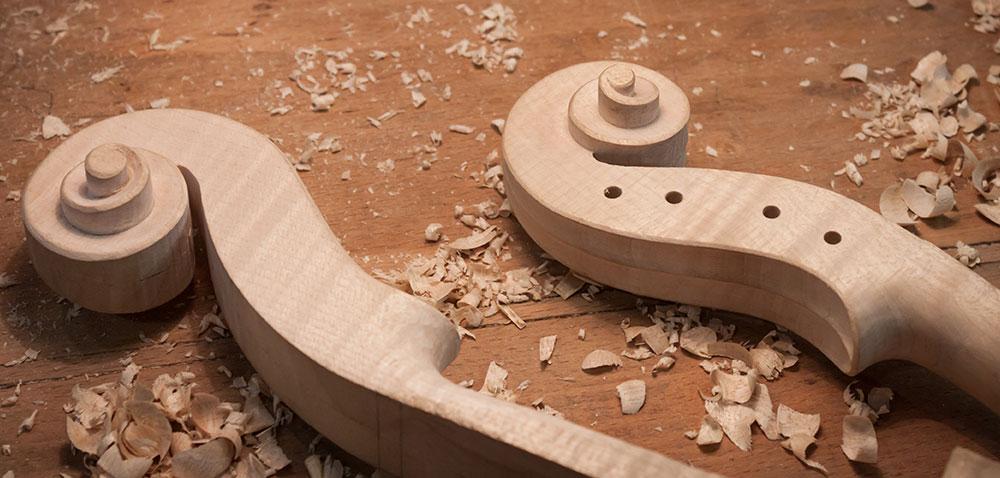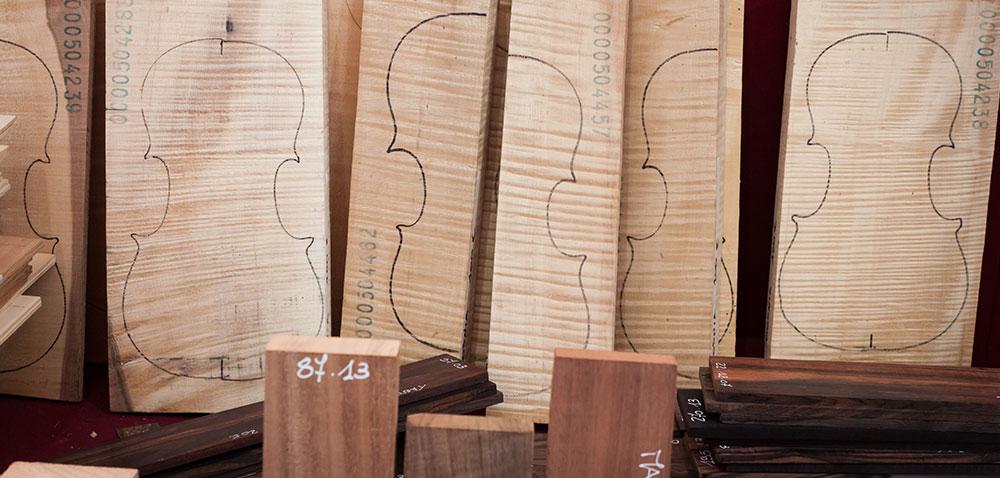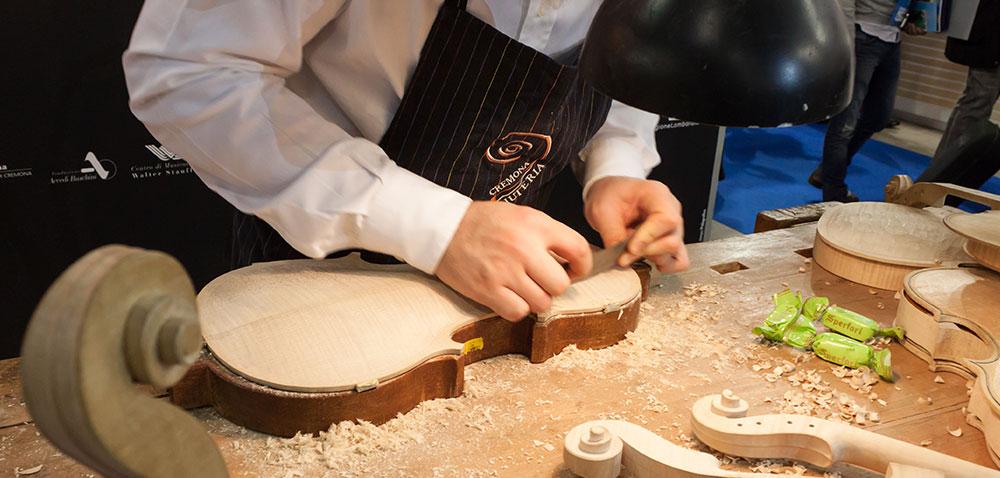The rich sound of the renaissance violin
Stringed instruments have been popular since the time of the ancient Greeks, but it was only when the equestrian cultures of Central Asia introduced the benefits of crafting a bow made from horsehair that the way they were played evolved. The first violins emerged from northern Italy in the 16th century, modifying instruments such as the rebec popular in Turkey’s Byzantine Empire.
The four strong violin quickly spread through Europe and production went mainstream, but with a passion for good design, quality and craftsmanship, many Italians had their own ideas about how a good violin should feel and sound.
The most famous Italian violin-maker of all was Cremona’s Stradivari. To this day, his violins are regarded as amongst the finest in the world, despite a lack of conclusive proof that their sound is superior. In his lifetime he made over 1,000 instruments, and it’s thought as many as 650 of these survive to this day.
But there’s more to the violins of Italy than Stradivari. While much of Europe copied the Cremonan style, even going so far as creating an artificial aged look, Italian regions developed their own unique styles with violins from Piedmont, Milan, Genoa and Tuscany experimenting with different shapes and forms, using local materials. As a result, the violins of Italy are incredibly diverse, making the task of a musician choosing the right violin for them almost as emotional as finding a life partner.
The four strong violin quickly spread through Europe and production went mainstream, but with a passion for good design, quality and craftsmanship, many Italians had their own ideas about how a good violin should feel and sound.
The most famous Italian violin-maker of all was Cremona’s Stradivari. To this day, his violins are regarded as amongst the finest in the world, despite a lack of conclusive proof that their sound is superior. In his lifetime he made over 1,000 instruments, and it’s thought as many as 650 of these survive to this day.
But there’s more to the violins of Italy than Stradivari. While much of Europe copied the Cremonan style, even going so far as creating an artificial aged look, Italian regions developed their own unique styles with violins from Piedmont, Milan, Genoa and Tuscany experimenting with different shapes and forms, using local materials. As a result, the violins of Italy are incredibly diverse, making the task of a musician choosing the right violin for them almost as emotional as finding a life partner.



